Name Yasuo Otsuka Movies The Red Spectacles | ||
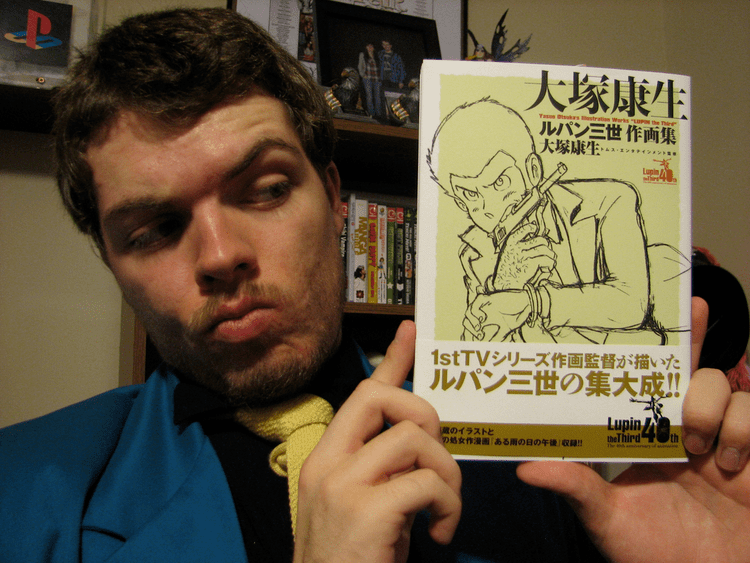 | ||
Occupation Animator and character designer | ||
Yasuo otsuka drawing key animation 8x speed
Yasuo Ōtsuka (大塚康生, Ōtsuka Yasuo, born July 11, 1931) is a Japanese animator who worked with Toei Animation and Studio Ghibli.
Contents
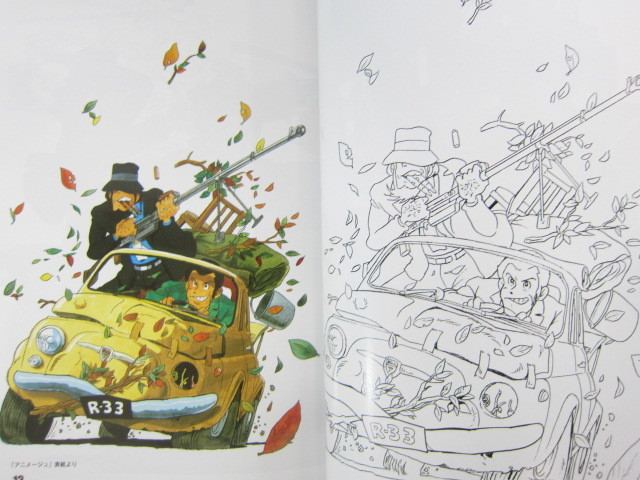
Yasuo Otsuka (大塚康生) Animation
Biography
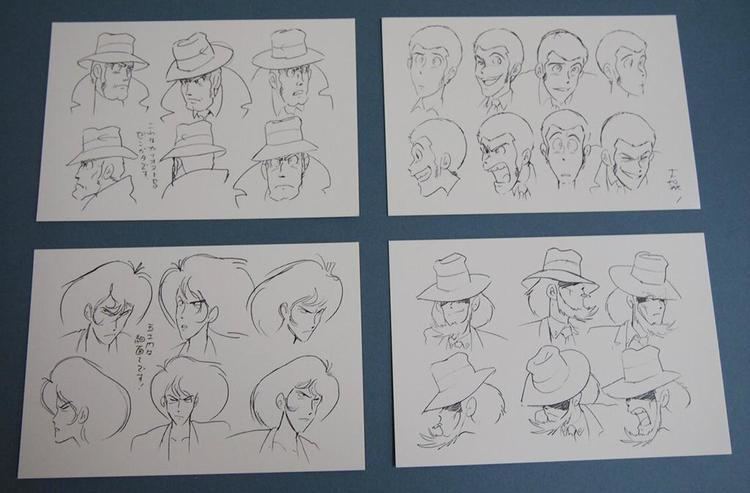
Ōtsuka was born in Shimane Prefecture. During a visit to Tsuwano at the age of 10, he saw a steam locomotive for the first time. He began to take an interest in locomotives and their operation and would frequently sketch them. In 1945 his family moved to Yamaguchi Prefecture where there was a military base. He began to draw the array of military vehicles located there while also drawing a variety of subjects in different styles. Otsuka also collected cuttings of cartoon strips into scrapbooks to learn more about drawing styles. Otsuka later joined the Yamaguchi's Beurau of Statistics but wanted to become a political cartoonist in Tokyo. However at the time, permission was needed to move to Tokyo so he applied to the Health and Welfare Ministry. After passing the exam he was assigned to the drug enforcement division as an assistant who maintained the firearms of the agents. Around this time he suffered from Tuberculosis.
Career
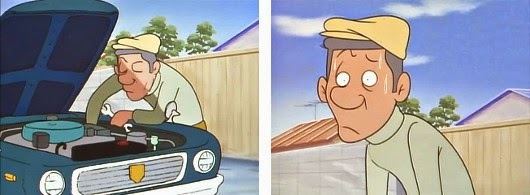
During 1956 Otsuka saw an advertisement in Yomiuri Shinbun where Toei were asking for applications for animators. After passing the test Otsuka worked with Yasuji Mori and Akira Daikubara on the The Tale of the White Serpent and learnt their approaches. Wanting to learn more animation theory, he began to seek out textbooks and was shown a textbook on US animation written by Preston Blair. After working on Magic Boy (film) in 1959 his animation of a skeleton was unintentionally considered comical due to its realism. This led to comical bad guy characters becoming Otsuka's speciality. He came to believe that genuine realism doesn't suit animation and "constructed realism" is more suitable. Hayao Miyazaki compared Otsuka to Kenichi Enomoto in the use of this approach. After completion of his next film The Wonderful World of Puss 'n Boots Otsuka left Toei to join A Production.
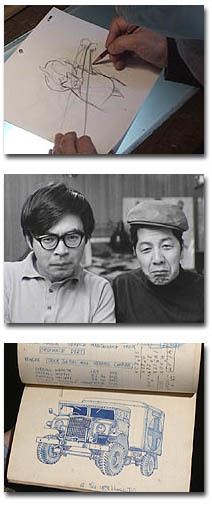
Otsuka has written several books about the anime industry. His Sakuga Asemamire (作画汗まみれ) is considered "a prime resource for the history of 1960s and 1970s anime".

In July 2002 a exhibition of his work and personal pieces was held in Ginza.
Otsuka is currently an advisor to Telecom Animation Film.
Works
1957
1958
1959
1960
1961
1962
1963
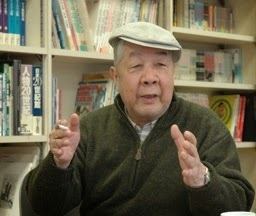
1964
1965
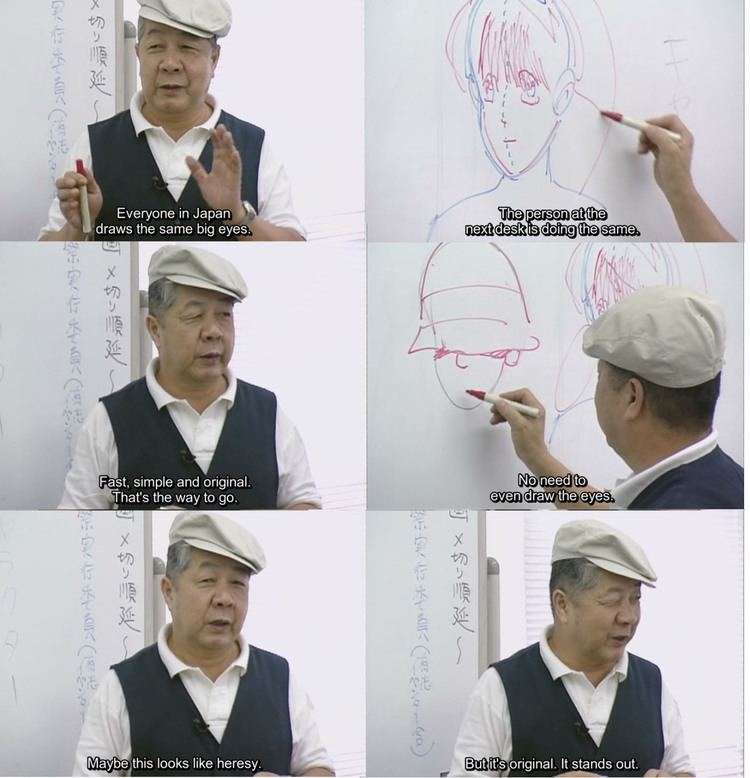
1968
1969
1971
1972
1973
1975
1976
1977
1978
1979
1980
1981
1984
1987
1989
1990
1995
2006
2007
